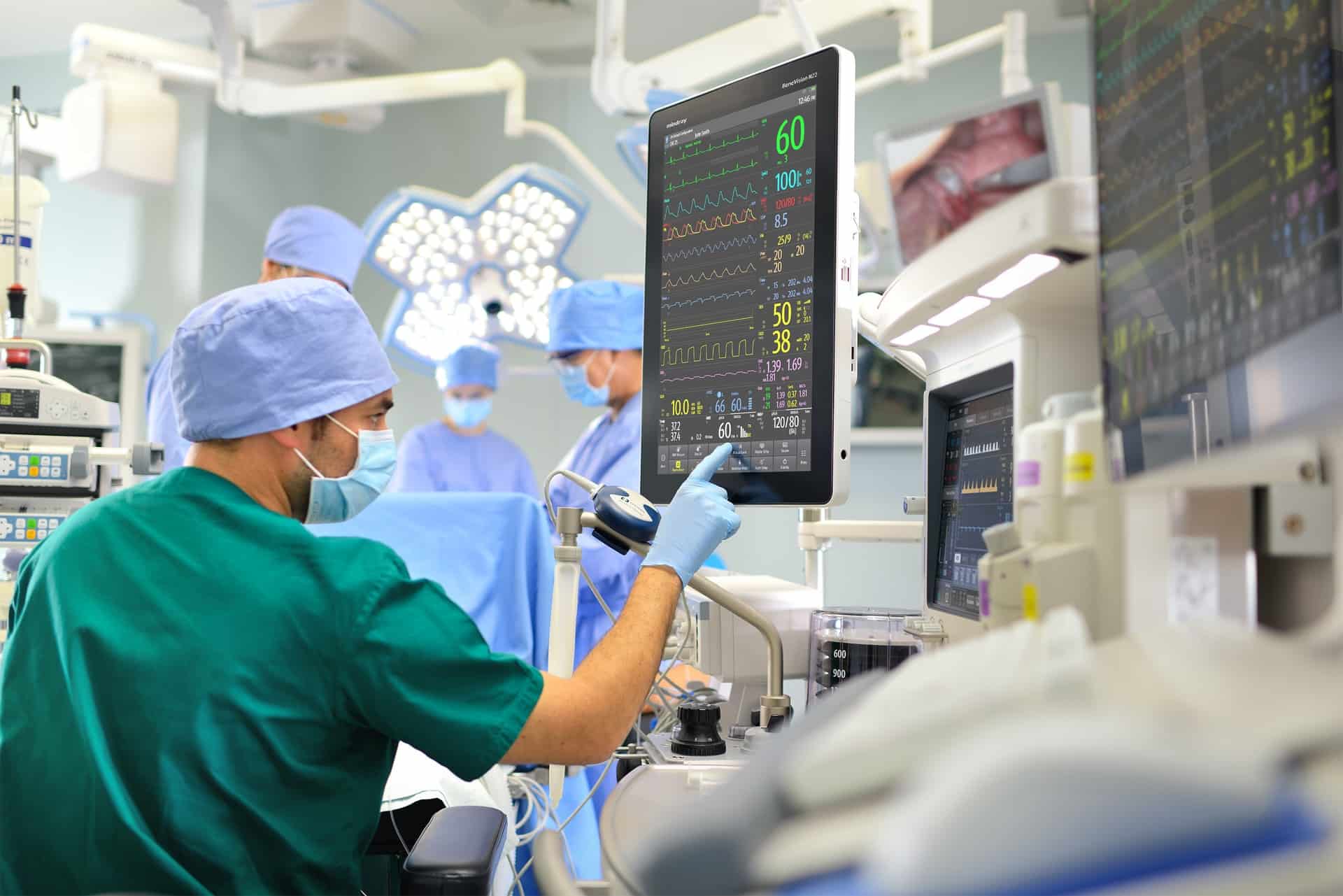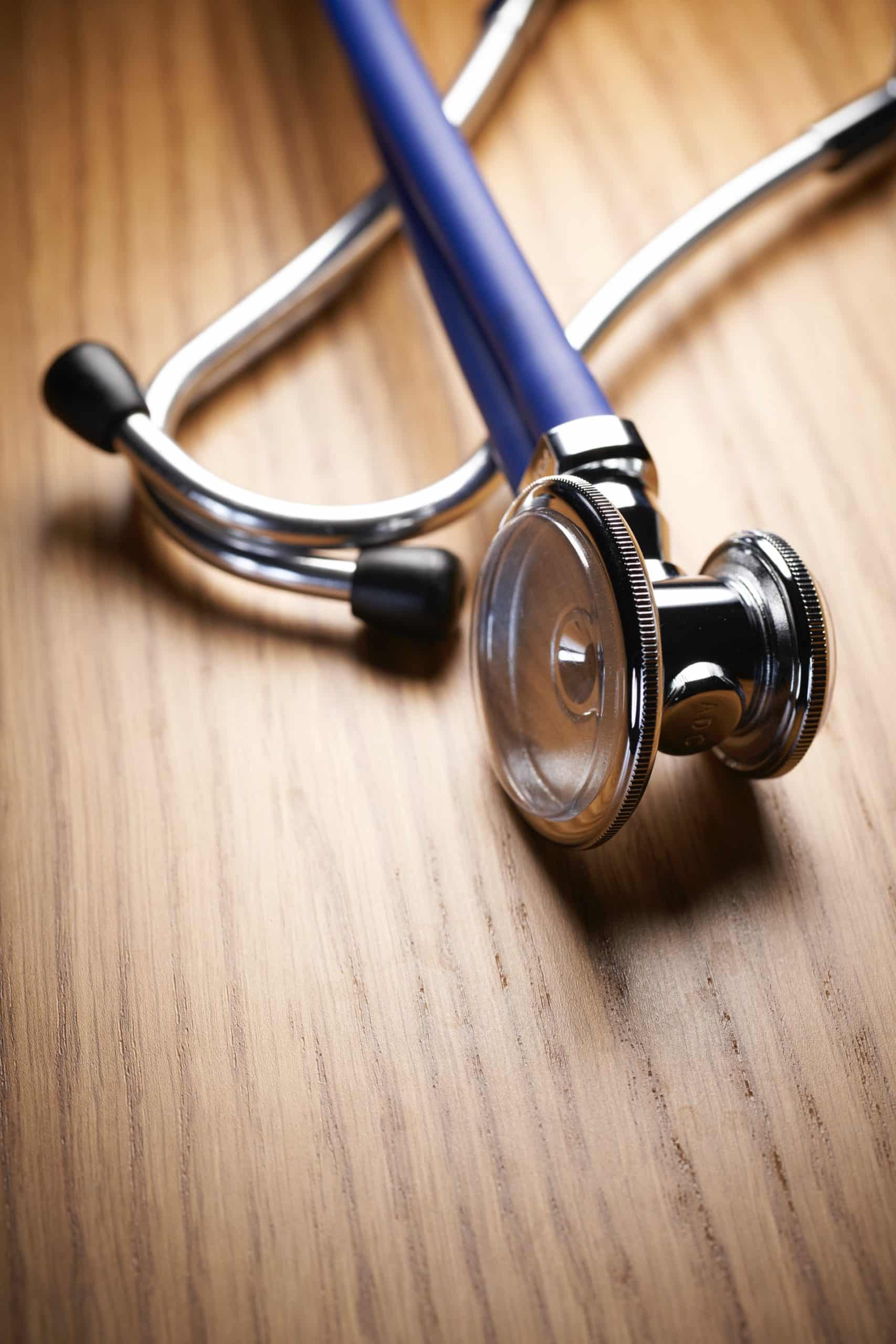The recent pandemic showed that the global health care industry was not ready for such a dramatic influx of patients with a previously unknown virus. In response to the coronavirus outbreak, new technologies designed to optimize the work of doctors and save more lives of those infected have begun to appear. The health monitoring system is already a fairly adapted practice. However, it is a must-have in modern conditions.
IMAGE: UNSPLASH
Health Monitoring System Definition
Health Monitoring System (HMS) is a smart and multi-layer solution that enables health data transfer from a patient’s wearable device to the doctor’s mobile application. This innovation is useful and beneficial for doctors, hospital owners, and patients, as it allows the provision of data-driven medical care in the smartest way possible.
Health Monitoring System is a must-have for providing quality medical services, quick response to changing epidemiological situations, and improved safety for both patients and doctors. And this is not the only reason to develop an HMS for your hospital in the current conditions.
Main Reasons To Use HMS For Hospitals
Here are the main reasons why a health monitoring system is a must-have solution for hospitals in unpredictable 2020 and beyond.
Provide Innovative Healthcare Services
The Health Monitoring System is the modern answer to outdated ways of managing, controlling, and monitoring patients. Of course, the ability to provide medical care using innovation and receive data-driven health services makes doctors work more efficient, reducing the likelihood of medical error, and patient’s anxiety as a result.
What is more, cloud computing, 5G, artificial intelligence, natural language processing technologies, and the Internet of Medical Things can make healthcare delivery even more advanced, plus match the healthcare services with patient’s preferences, according to Deloitte’s research.
Prioritize Patients In A Smarter Way
The Health Monitoring System allows physicians to smartly prioritize patients, saving more lives than it would be possible without the use of innovative technology. By relying on patient data from wearable devices, doctors can make more informed decisions whether to continue treatment in the hospital or about the patient’s ability to continue treatment at home, independently but under constant remote supervision.
Thus, the hospital can manage free beds without the risk of complications for patients who are released for home treatment and use the vacated beds for patients in critical conditions.
Monitor Chronic Patients Remotely
Chronic diseases are incurable, but such patients have every chance to live a quality life if their health condition is under their personal control and under the supervision of the attending physician. What is more, in most cases, chronic patients require hospitalization only when their diseases enter the critical phase. During the remission period, they can stay at home, taking the necessary medications, and leading the prescribed lifestyle.
A wearable device connected to the Health Monitoring System allows the attending physician to monitor chronic patients remotely, from time to time reviewing the treatment plan and responding promptly to critical situations.
Furthermore, AI-powered health monitoring systems are able to catch unnoticed changes in health conditions and alarm the doctor and the patient on the necessity to respond and prevent a critical condition.
Use the Available Resources Wisely And Save Money
By using wearable patient devices connected to a health monitoring system, doctors can rely on the transmitted data almost entirely. This eliminates the need to measure blood pressure, heart rate, blood sugar, and other indicators manually, thereby freeing up time, resources, and effort for patients in need of emergency care.
A system powered by artificial intelligence can give doctors even stronger information support about the health of patients by analyzing the whole medical history, taking into account the current indicators, and making reasonable assumptions about the methods of treatment the patient needs based on this data. Even though these assumptions will still need to be checked and approved by the attending physician, the likelihood of medical error is significantly reduced.
Conclusion
There is no doubt that over the next few years, a health monitoring system for hospitals will become as traditional a way of managing patients as the paper files used in the past. What is more, the coronavirus pandemic has become a real challenge for both private and public hospitals around the globe. The integration of a health monitoring system into the healthcare delivery process is the first step towards innovative, low-risks, and safe medical services.
If you are interested in even more technology-related articles and information from us here at Bit Rebels, then we have a lot to choose from.


COMMENTS